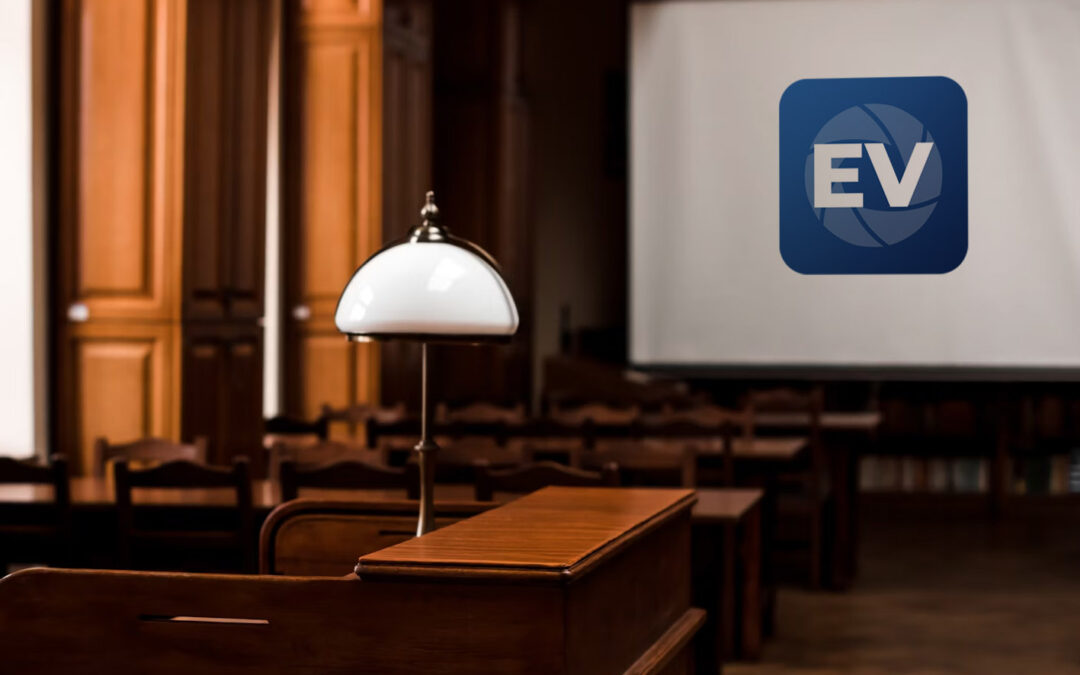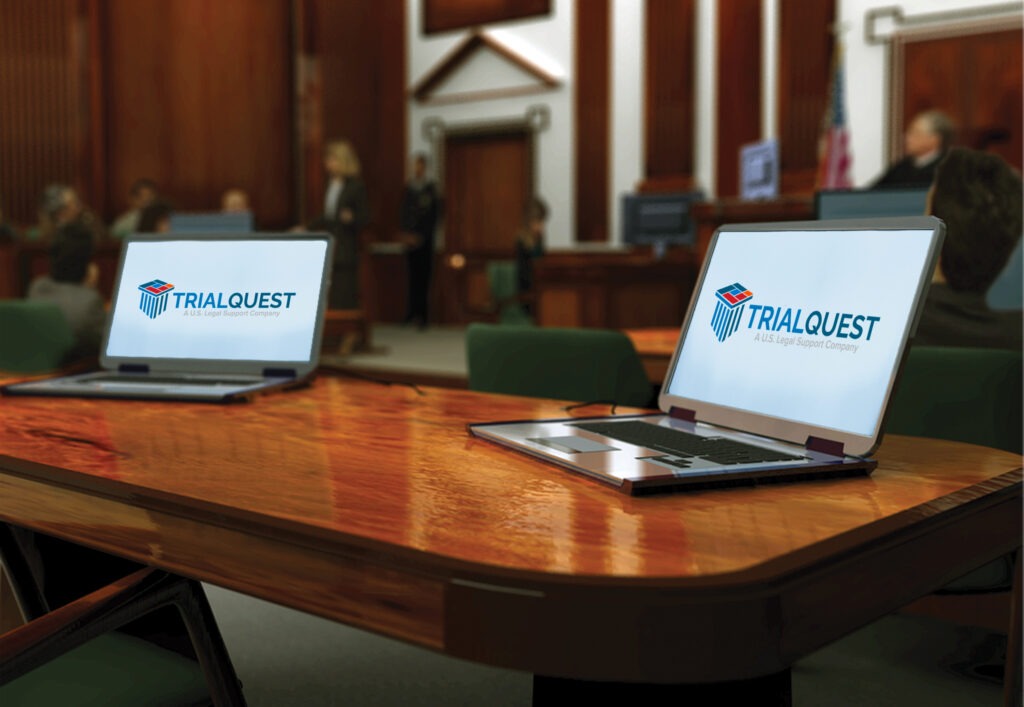Interactive trial presentations enhance case preparation.
Interactive trial presentations enhance case preparation.
Blog Article
How Trial Presentations Enhance Your Debate and Convince Jurors
Test presentations function as an essential device for boosting lawful disagreements and convincing jurors. By incorporating aesthetic aids, narrative frameworks, and emotional interaction, lawyers can develop an engaging case that reverberates on multiple levels. The strategic usage of visuals not just makes clear intricate information yet additionally catches jurors' focus more successfully than words alone. The art of storytelling plays a similarly critical function in changing factual evidence right into a compelling narrative, shaping jurors' understandings. Understanding these components can substantially impact test results, increasing the concern of exactly how each element contributes to this detailed dynamic.

Significance of Aesthetic Help
Visual aids play an important duty in improving the efficiency of trial presentations, as they can considerably raise audience involvement and retention of info. In the context of a trial, where jurors are charged with handling facility info, visual help offer to simplify and clear up essential points. Graphes, charts, and pictures can share information and principles that may or else overwhelm or confuse jurors, permitting a more uncomplicated understanding of the proof provided.
Additionally, aesthetic aids assist in keeping juror focus throughout the proceedings. By breaking the uniformity of spoken statement, these devices can punctuate vital debates, making them a lot more remarkable. Effective aesthetic help can also stimulate emotional actions, which can be critical in encouraging jurors to align with the presenter's narrative.

Crafting Compelling Stories
An engaging story is important in test discussions, as it offers as the backbone of reliable persuasion. It allows attorneys to weave together facts, proof, and emotional aspects into a coherent story that resonates with jurors. This narrative structure makes it possible for jurors to comprehend the intricacies of the situation while leading them through the attorney's debate.
To craft a compelling narrative, lawyers should concentrate on quality and comprehensibility. This entails establishing a clear protagonist-- usually the client-- and describing their trip through the occasions concerned. Providing the facts in a sensible sequence boosts understanding and preserves engagement. Furthermore, the usage of dazzling descriptions can create mental photos that aid jurors picture the events, making the story much more memorable.
Moreover, integrating essential styles throughout the presentation reinforces the core message and aids in retention - trial presentations. The narrative should not only share details but likewise evoke a feeling of justice, highlighting the stakes entailed. Ultimately, a well-constructed story cultivates a link between the jurors and the case, placing the lawyer's argument as about his both legitimate and compelling, consequently increasing the probability of a favorable judgment

Involving the Court Emotionally
Effective jury engagement hinges on the attorney's capacity to link with jurors on an emotional degree. This connection can significantly affect jurors' perceptions and their utmost decision-making.
Visual help, such as photographs or videos, can further enhance psychological interaction, supplying jurors with brilliant depictions of the case's human elements. Crafting a story that highlights the struggles and victories of the people involved guarantees that jurors see beyond the lawful debates and acknowledge the human consequences of their decisions.
A lawyer's enthusiastic distribution can resonate with jurors, enhancing their emotional investment in the instance. It's important to balance emotional appeals with valid proof, ensuring that jurors really feel obliged to act while remaining grounded in the reality.
Structuring Your Presentation

The body of the presentation should be rationally segmented into bottom lines, each sustained by compelling proof. It is valuable to use storytelling strategies to weave facts right into a narrative that jurors can quickly adhere to. Aesthetic aids, such as charts and videos, can enhance understanding and involvement, helping to highlight vital items of evidence.
Real-World Case Research Studies
Analyzing real-world case research studies gives important understandings right into the art of test go to my site presentations and persuasion. The defense team successfully used a strategy that combined prominent professional testaments with multimedia discussions, which captivated jurors and ultimately influenced their decision.
One more significant instance is the "McDonald's Coffee Instance," where the complainant's lawyers made use of visuals photos of the injuries sustained by Stella Liebeck. trial presentations. This stark visual evidence played an important function in conveying the seriousness of her burns, resulting in a considerable jury award. Such cases demonstrate that impactful trial presentations often rest on the effective integration of visuals and storytelling to stimulate psychological feedbacks from jurors
Furthermore, the "Casey Anthony Test" highlighted the significance of narrative coherence and reputation. The prosecution's failing to develop an engaging timeline lessened their influential the original source power, highlighting the requirement of a well-structured presentation. Evaluating these cases discloses that effective test discussions need calculated preparation, psychological involvement, and the capacity to resonate with jurors' worths and beliefs.
Final Thought
Trial presentations considerably improve arguments and encourage jurors via the strategic use aesthetic help, engaging stories, and emotional involvement. By simplifying intricate info and promoting links with the audience, these elements produce a memorable and impactful experience. A well-structured discussion balances sob stories with valid evidence, ultimately reverberating with jurors' values. The assimilation of these techniques not just influences decision-making yet likewise emphasizes the significance of reliable communication in the court room.
Report this page